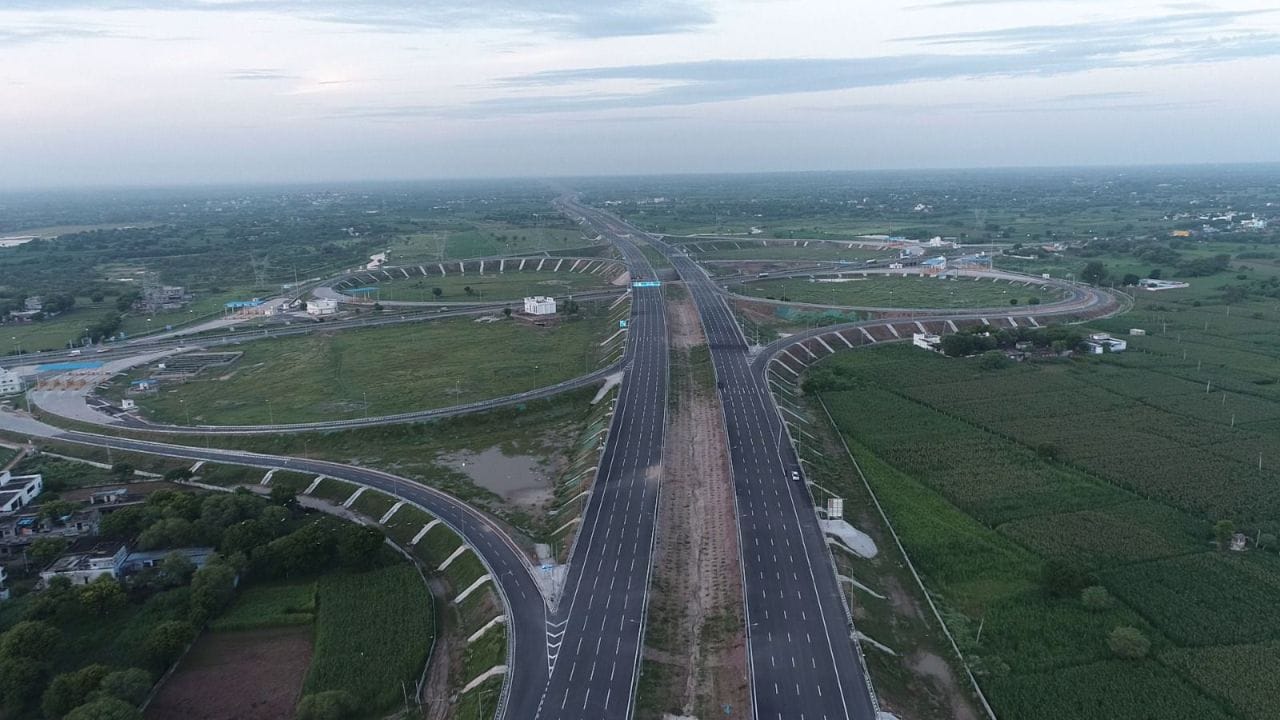
The Economic Survey 2025 clearly articulates the importance of infrastructure development for achieving India’s ambitious target of Viksit Bharat by 2047. While projected quantum could differ, but there is no second guessing on the fact that a substantial investment in the infrastructure sector will be required for the development target. While government’s commitment towards this objective is eminently visible with the size of budgetary allocation towards this cause, active participation from private sector will be key towards actually achieving the stated goal. Consequentially, appropriate policy interventions and creation of enabling framework were expected from the budget 2025.
With that background, let’s look at what the budget 2025 has proposed for the infrastructure sector.
-
- Over the past few years, Indian Government has set an ambitious target towards clean energy. The budget proposes to support clean tech manufacturing and improve the value addition in areas such as solar PV cells, EV batteries, electrolysers, wind turbines, very high voltage transmission equipment’s, etc.
- Budget also directs infrastructure related ministries to prepare a three-year pipeline of projects which can be implemented in PPP mode.
- Budget proposes an outlay of ₹1.5 lakh crore for providing 50-year interest free loans to States for capital expenditure and incentives. This is intended to enable participation by States in the infrastructure development.
- A whopping amount of ₹20,000 crore is allocated to promote development of small nuclear reactors, with an aim to generate 100 GW of nuclear energy.
- An urban challenge fund of ₹1 lakh Crores is proposed to be set up to implement various urban development proposals such as ‘Cities as Growth Hubs’, ‘Creative Redevelopment of Cities’ and ‘Water and Sanitation’
- A modified UDAN scheme to enhance regional connectivity to 120 new destinations is proposed to be launched.
- Setting up of partial credit enhancement facility for corporate bonds for infrastructure.
In addition to the above policy decisions, Budget 2025 also proposes some much needed and welcome Tax proposals to attract foreign investments in Infrastructure sector. Some key tax proposals presented are as follows:
-
- Extension of Exemptions to SWFs and PFs – The FM has proposed to extend the last date to make eligible investments by Sovereign Wealth Funds (SWF) and Pensions Funds (PFs) in infrastructure sector for claiming tax exemption to 31 March 2030. This proposal will effectively permit investors to invest with a long-term investment horizon and facilitate patient investment in the infrastructure sector.
- Exemption extended to unlisted debentures – The Union budget has proposed to extend the tax exemption to Capital Gains arising on transfer of unlisted debentures if other conditions of tax exemption are satisfied. This proposal essentially eliminates the unintended tax which was fastened on SWF / PFs.
- These steps, amongst others are directed towards easing of one of most important ingredients required for infrastructure development i.e. funding into infrastructure projects.
- Customs relief for battery ecosystem – 35 capital goods/machinery for use in the manufacture of lithium-ion battery of EVs and 28 capital goods/machinery for use in the manufacture of lithium-ion battery of mobile phones have been exempted from Customs duty
- Customs on Solar cells – Customs duty on Solar cells (covered by tariff heading 8541) reduced from 25% (+2.5% SWS) to 20% (+7.5% AIDC)
- Budget has also made concentrated efforts in increasing the ease of doing business in India. Towards this end, the budget proposes speedy approval of company mergers, revamping of bilateral investment treaties, committee for regulatory reforms, new simplified income tax code, removal of civil liability for nuclear power, etc. All these steps are in the right direction of attracting foreign investments and increasing investments by private sector.
- To sustain a high rate of growth, India certainly needs to rigorously push the infrastructure development agenda. The task is humungous. Some may question if the budget has done enough, more specifically considering the estimated capex outlay of ₹11.21 lakh crores for FY 25-26 (10.1% increase as compared to the revised downward estimate of ₹10.18 lakh crore for FY 24-25). While there will always be some missed expectations, but the right question would be whether it has continued to push the envelope on this important agenda.
Budget 2025 paves the way for Viksit Bharat 2047 with its focus on reforms, encouragement to public private participation, encouraging States to participate in capex development through interest free loan, accelerating asset monetisation, improving ease of doing business, incentivising the important investor class of SWF / PF, reducing compliance burden, rationalisation of TDS provisions, tax certainty through budget amendments and proposing a new simple and crisp income tax code, etc.
—The authors; Nirmal Nagda, is Partner, M&A and PE Tax, and Digesh Shah, is Chartered Accountant, at KPMG in India. Monish Bhansali, Manager, M&A and PE Tax, at KPMG in India, also contributed to the article. The views are personal.
(Edited by : Unnikrishnan)



